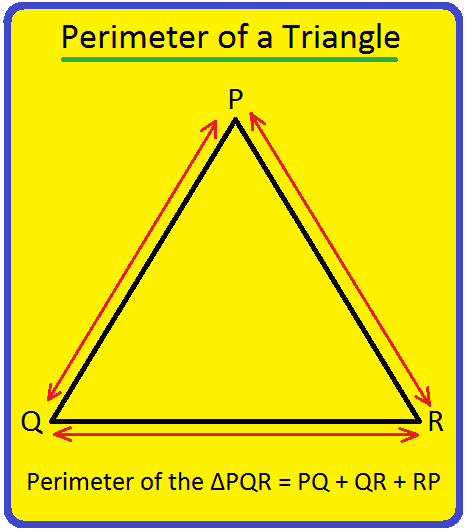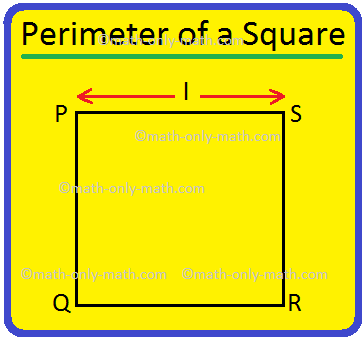Complex Roots of a Quadratic Equation
We will discuss about the complex roots of a quadratic equation.
In a quadratic equation with real coefficients has a complex root α + iβ then it has also the conjugate complex root α - iβ.
Proof:
To prove the above theorem let us consider the quadratic equation of the general form:
ax\(^{2}\) + bx + c = 0 where, the coefficients a, b and c are real.
Let α + iβ (α, β are real and i = √-1) be a complex root of equation ax\(^{2}\) + bx + c = 0. Then the equation ax\(^{2}\) + bx + c = 0 must be satisfied by x = α + iβ.
Therefore,
a(α + iβ)\(^{2}\) + b(α + iβ) + c = 0
or, a(α\(^{2}\) - β\(^{2}\) + i ∙ 2 αβ) + bα + ibβ + c = 0, (Since, i\(^{2}\) = -1)
or, aα\(^{2}\) - aβ\(^{2}\) + 2iaαβ + bα + ibβ + c = 0,
or, aα\(^{2}\) - aβ\(^{2}\) + bα + c + i(2aαβ + bβ) = 0,
Therefore,
aα\(^{2}\) - aβ\(^{2}\) + bα + c = 0 and 2aαβ + bβ = 0
Since, p + iq = 0 (p, q are real and i = √-1) implies p = 0 and q = 0]
Now substitute x by α - iβ in ax\(^{2}\) + bx + c we get,
a(α - iβ)\(^{2}\) + b(α - iβ) + c
= a(α\(^{2}\) - β\(^{2}\) - i ∙ 2 αβ) + bα - ibβ + c, (Since, i\(^{2}\) = -1)
= aα\(^{2}\) - aβ\(^{2}\) - 2iaαβ + bα - ibβ + c,
= aα\(^{2}\) - aβ\(^{2}\) + bα + c - i(2aαβ + bβ)
= 0 - i ∙ 0 [Since, aα\(^{2}\) - aβ\(^{2}\) + bα + c = 0 and 2aαβ + bβ = 0]
= 0
Now we clearly see that the equation ax\(^{2}\) + bx + c = 0 is satisfied by x = (α - iβ) when (α + iβ) is a root of the equation. Therefore, (α - iβ) is the other complex root of the equation ax\(^{2}\) + bx + c = 0.
Similarly, if (α - iβ) is a complex root of equation ax\(^{2}\) + bx + c = 0 then we can easily proved that its other complex root is (α + iβ).
Thus, (α + iβ) and (α - iβ) are conjugate complex roots. Therefore, in a quadratic equation complex or imaginary roots occur in conjugate pairs.
Solved example to find the imaginary roots occur in conjugate pairs of a quadratic equation:
Find the quadratic equation with real coefficients which has 3 - 2i as a root (i = √-1).
Solution:
According to the problem, coefficients of the required quadratic equation are real and its one root is 3 - 2i. Hence, the other root of the required equation is 3 - 2i (Since, the complex roots always occur in pairs, so other root is 3 + 2i.
Now, the sum of the roots of the required equation = 3 - 2i + 3 + 2i = 6
And, product of the roots = (3 + 2i)(3 - 2i) = 3\(^{2}\) - (2i)\(^{2}\) = 9 - 4i\(^{2}\) = 9 -4(-1) = 9 + 4 = 13
Hence, the equation is
x\(^{2}\) - (Sum of the roots)x + product of the roots = 0
i.e., x\(^{2}\) - 6x + 13 = 0
Therefore, the required equation is x\(^{2}\) - 6x + 13 = 0.
11 and 12 Grade Math
From Complex Roots of a Quadratic Equation to HOME PAGE
Didn't find what you were looking for? Or want to know more information about Math Only Math. Use this Google Search to find what you need.
Recent Articles
-
Perimeter of a Triangle | Perimeter of a Triangle Formula | Examples
Apr 25, 24 05:13 PM
We will discuss here how to find the perimeter of a triangle. We know perimeter of a triangle is the total length (distance) of the boundary of a triangle. Perimeter of a triangle is the sum of length… -
Perimeter of a Rectangle | How to Find the Perimeter of a Rectangle?
Apr 25, 24 03:45 PM
We will discuss here how to find the perimeter of a rectangle. We know perimeter of a rectangle is the total length (distance) of the boundary of a rectangle. ABCD is a rectangle. We know that the opp… -
Perimeter of a Square | How to Find the Perimeter of Square? |Examples
Apr 25, 24 12:54 PM
We will discuss here how to find the perimeter of a square. Perimeter of a square is the total length (distance) of the boundary of a square. We know that all the sides of a square are equal. Perimete… -
Dividing 3-Digit by 1-Digit Number | Long Division |Worksheet Answer
Apr 24, 24 03:46 PM
Dividing 3-Digit by 1-Digit Numbers are discussed here step-by-step. How to divide 3-digit numbers by single-digit numbers? Let us follow the examples to learn to divide 3-digit number by one-digit nu… -
Symmetrical Shapes | One, Two, Three, Four & Many-line Symmetry
Apr 24, 24 03:45 PM
Symmetrical shapes are discussed here in this topic. Any object or shape which can be cut in two equal halves in such a way that both the parts are exactly the same is called symmetrical. The line whi…





